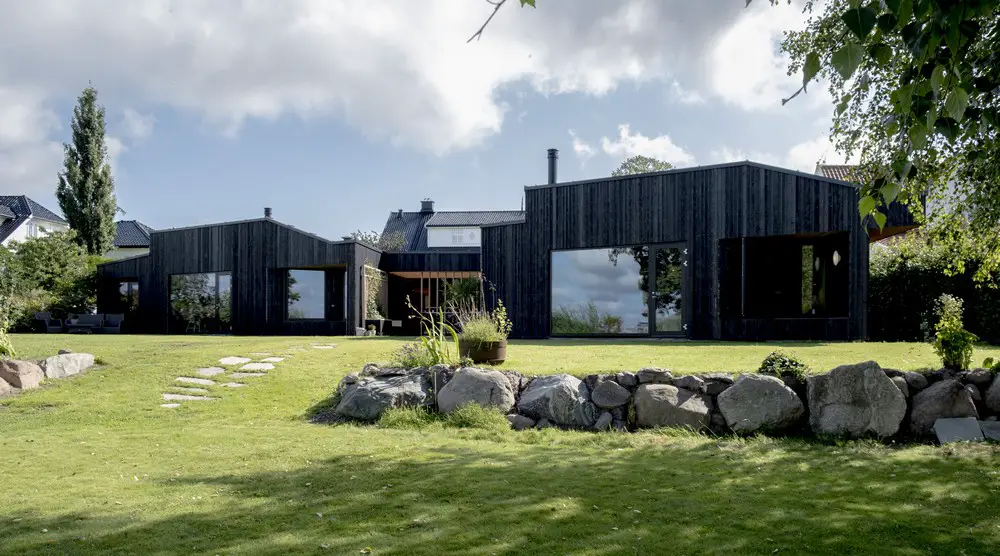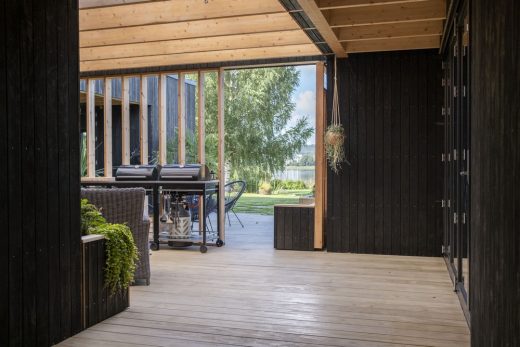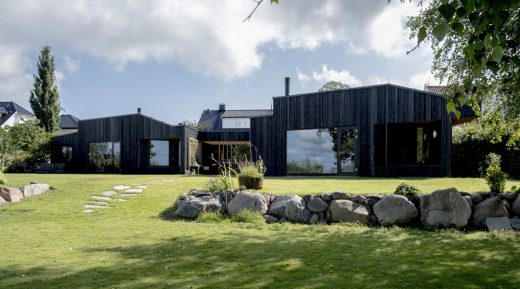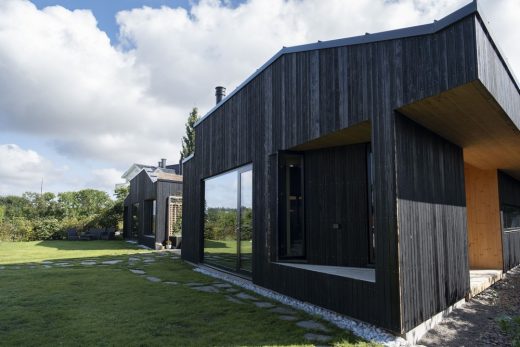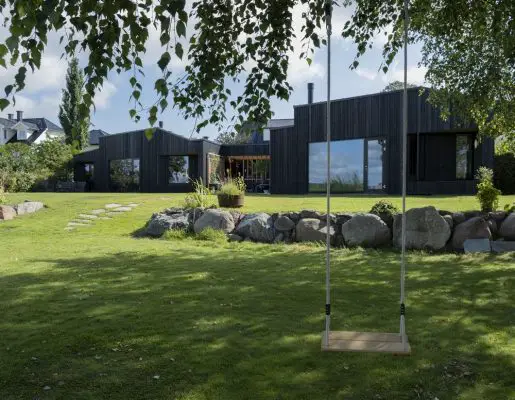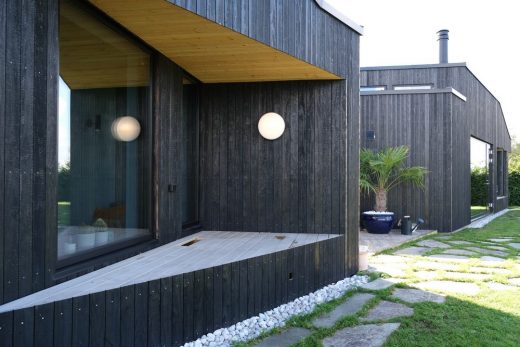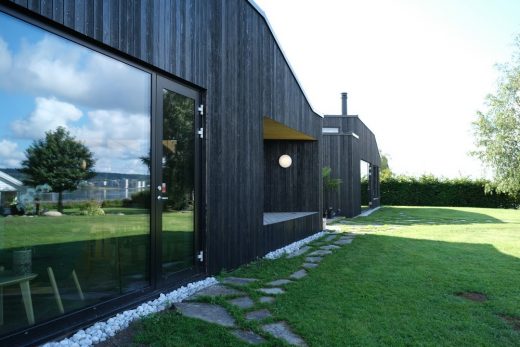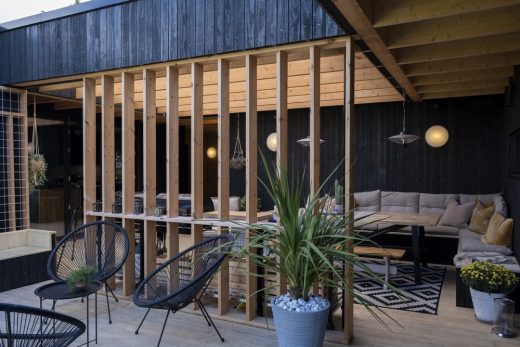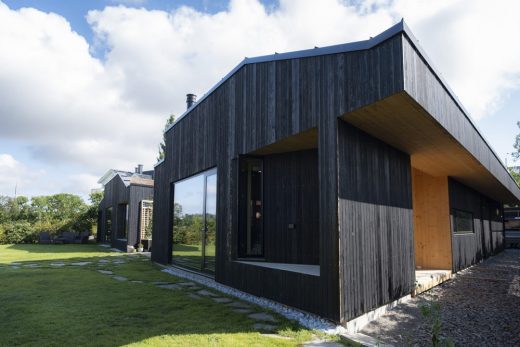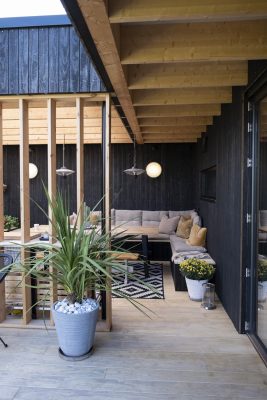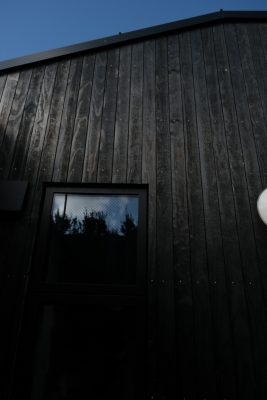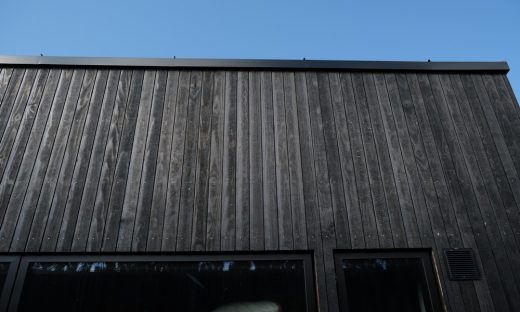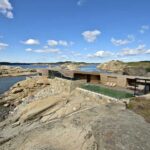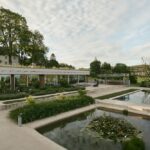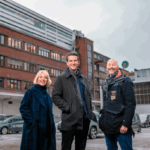Norwegian Coastal Home, Tønsberg Residential Design Pictures, Waterfront Property
New House in Tønsberg, Southern Norway
Norwegian self-build home on the coast in Vestfold design by Thomas Nesheim Architects, Norway
7 Sep 2019
New Home in Tønsberg, Southern Norway Property
Design: Architect Thomas Nesheim
Location: Tønsberg, Vestfold county, Southern Norway
Charred Kebony cladding adds spectacular effect to Norwegian self-build home
Centuries old technique combines with modern design to create architect’s home
London, 5 September 2019 – located in Tønsberg, Southern Norway, architect Thomas Nesheim’s ambitious new coastal home is the product of unique design and the use of innovative materials.
Blending seamlessly into the rugged landscape, the self-build home is characterised by the extensive use of charred Kebony cladding, which creates a striking finish to the rural project. Kebony, a global leader in the production of sustainable modified woods, also allows the home to evolve throughout the day, changing colour in different lights and weather conditions and reflecting the stunning Norwegian sky at night.
The architect prioritised creating a home in Norway which would have a very special atmosphere and a close bond to the surrounding landscape. The distinctive charred finish of the Kebony timber provides the home with a rare aesthetic quality which perfectly chimed with Thomas Nesheim’s vision. The design also allows for large amounts of natural light to spill into the home through the large glass windows and doors, whilst fostering the open-plan interior which fulfilled the architect’s brief.
Though charred timber has been used in Norway for centuries, the charred Kebony cladding was chosen above other materials such as larch due to its heightened physical property and the fact the material requires very minimal maintenance. The charred aesthetic also complements the natural, rugged appearance of the home’s coastal surroundings.
Located in rural Norway and close-by to surrounding forests and the coastline, sustainability and an awareness for the environment was a key concern for Thomas Nesheim and his young family, therefore selecting materials like Kebony were crucial to achieving his vision and upholding his criteria. Developed in Norway, Kebony’s revolutionary technology is an environmentally friendly process which modifies sustainably sourced softwoods by heating the wood with furfuryl alcohol – an agricultural by-product.
By polymerising the wood’s cell wall, the softwoods permanently take on the attributes of tropical hardwood including high durability, hardness and dimensional stability. Kebony’s ability to withstand all weather conditions made it the ideal material for the exterior cladding of this Norwegian home.
Thomas Nesheim, Architect commented: “There are numerous factors that come into play when choosing cladding, but we wanted an exterior that would blend seamlessly into the terrain while also looking unique. Charred Kebony cladding was the perfect material for my home, and we are delighted with the result.”
Arnt Kristian Barsten, Product Manager at Kebony added: “It is a great source of pride to hear that architects are choosing Kebony for use in their own homes. When choosing cladding, it is essential to consider a number of factors especially with regards to durability and maintenance. Timber is a living material and will change over time. This is why it’s important to make sure that the cladding you choose today is one that you will still be happy with for years to come. The style and character of Thomas’ new house is really something special, and we’re delighted that Kebony was able to play a key role in achieving this.”
* Kebony Technology
The Kebony technology is a patented process which enhances the properties of non-durable wood species to give them similar characteristics to the best performing woods. Through a sustainable process wood species such as pines and non-durable woods are impregnated with a bio-based liquid derived from agricultural crop waste. With the addition of heat, the furfuryl polymer is permanently grafted into the wood cell wall, resulting in greatly improved durability and dimensional stability.
*Kebony Wood
Kebony is suitable for both internal and external applications that demand high performance and great aesthetics such as decking, flooring, cladding, roofing, windows, indoor and outdoor furniture. Over time Kebony acquires a silver-grey patina whilst maintaining its performance characteristics. A study by Norwegian environmental consulting firm Bergfald & Co. demonstrated that Kebony has a substantially lower carbon footprint than its tropical hardwood equivalents, with improved durability and dimensional stability the wood is increasingly becoming the choice of leading architects and developers enabling them to use wood without causing environmental degradation.
Kebony has been used internationally in commercial, public, residential and marine projects including the site of Youth Winter Olympic Games in Norway, Sweden’s first round Passive House, Rochester Marina in New York and the redevelopment of Cinque Ports Street, Rye. @KebonyWood
New House in Tønsberg, Southern Norway images / information from Kebony
Photos @ gamasj.no
Location: Tønsberg, Southern Norway, northern Europe
Norwegian Houses
Malangen Family Retreat, Troms county, Northern Norway
Design: Snorre Stinessen Architect
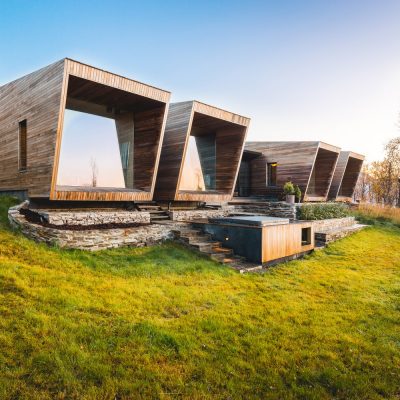
photo © Terje Arntsen
Malangen Peninsula House
Two-in-One House, Ekeberglia
Architects: Reiulf Ramstad Arkitekter
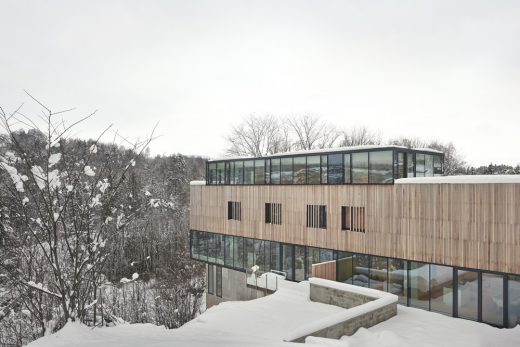
photography © Ivar Kvaal, Reiulf Ramstad Arkitekter
New Home in Ekeberglia
Norwegian Timber Bath House, Hankø Island, Oslo Fjord, Østfold county, southern Norway
Architect: Oslotre
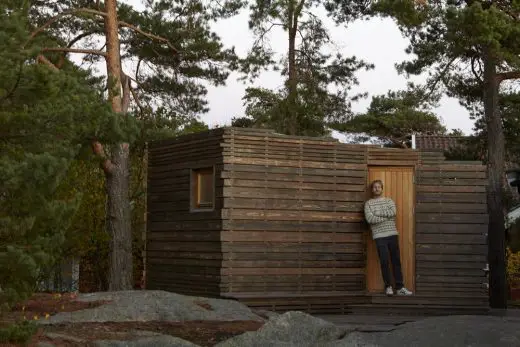
photography © Patric Katzman
House on Hankø Island
Infinity House, Northern Norway
Architects: Vladimir Konovalov
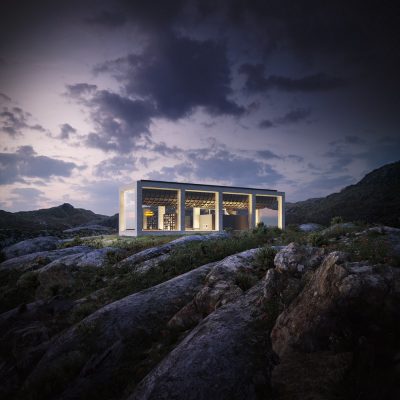
visualization : www.omegarender.com
New House in Norway
Architecture in Norway
Norwegian Architecture Designs – chronological list
Comments / photos for the New House in Tønsberg, Southern Norway page welcome

